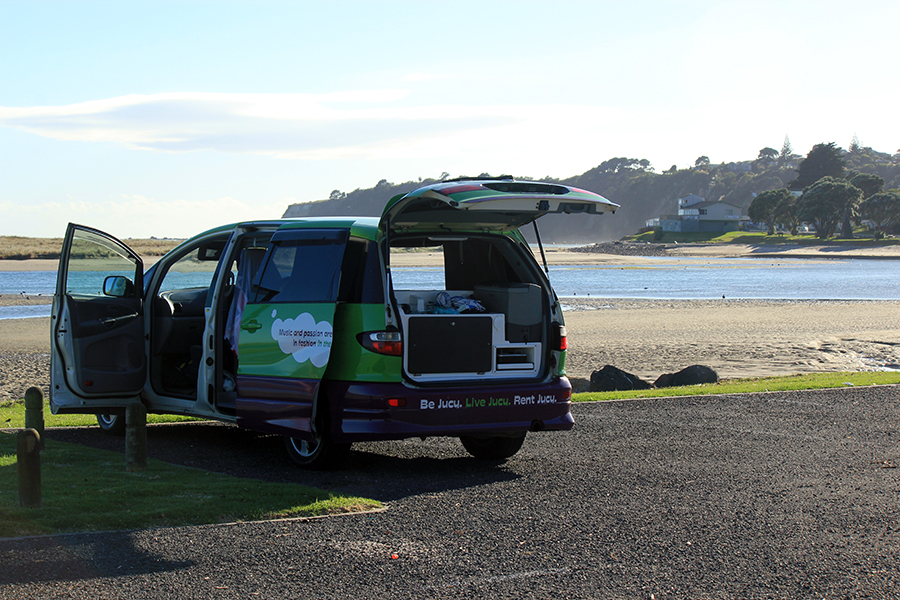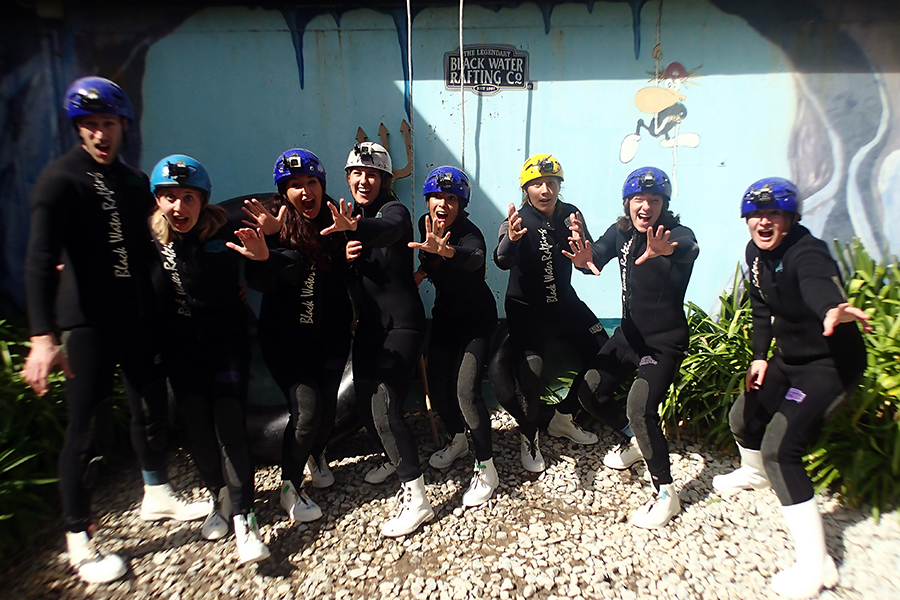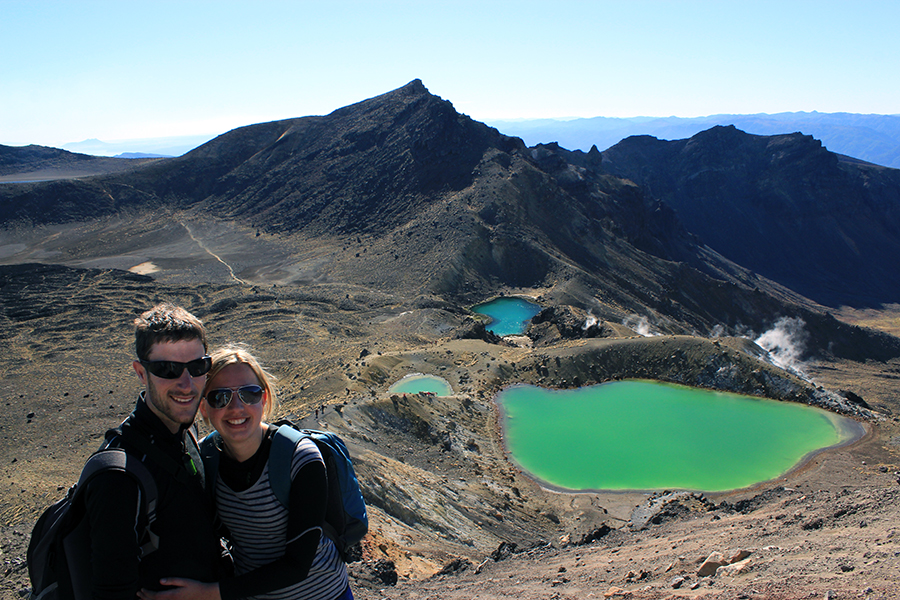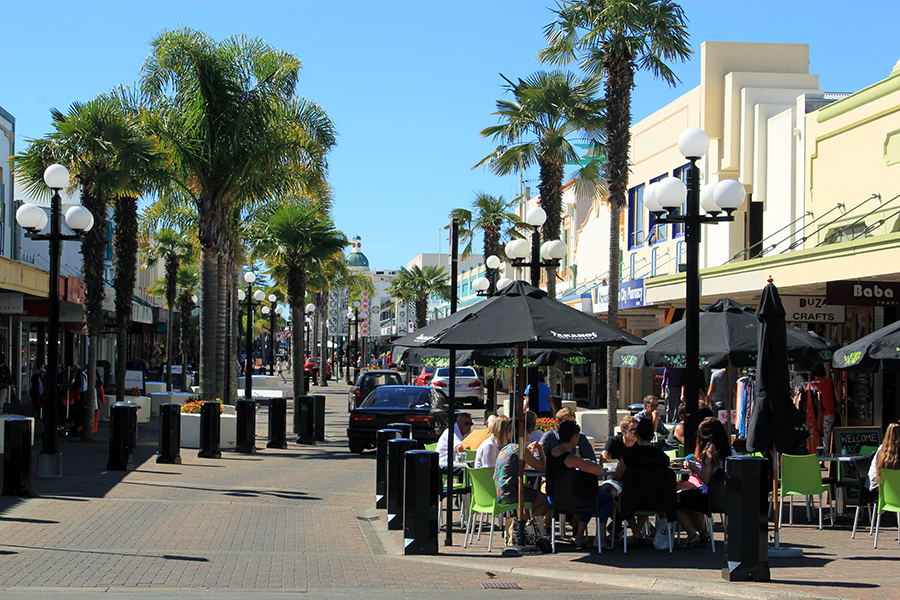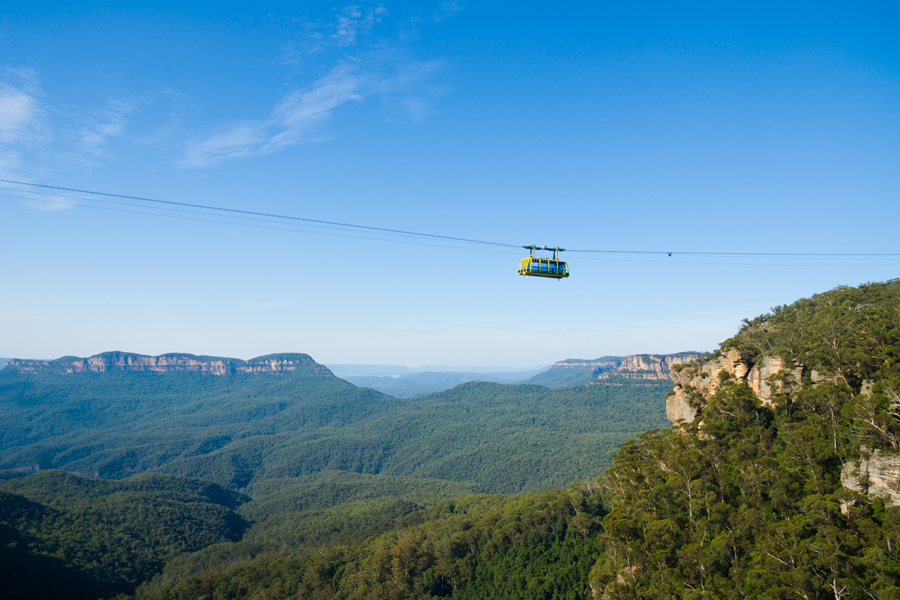Sometimes overlooked in favour of the rival East Coast, WA is a state brimming with the weird and wonderful, in fact there are some unique sights you simply won't find anywhere else! Here are our 10 reasons to fall in love with Western Australia…
1. Western Australia IS one third of Australia

Welcome to the largest state in the largest island on the planet.
Western Australia occupies the entire western third of Australia - more than one million square miles! With just 2.4 million inhabitants, the vast majority of whom live in or around Perth, one thing you are guaranteed is plenty of space. The empty roads are perfect for exploring by campervan like the Perth to Broome route. Plan your route carefully beforehand, as if you’re heading to remote areas like the Kimberley you’ll more than likely need a 4WD vehicle. Having your accommodation with you means you can stay over in some really remote spots, whether it’s along the beautiful Coral Coast or out in the wilds of the Great Outback.
2. State capital Perth is nearer to Indonesia than Sydney

Nothing beats getting away from it all and in Western Australia you’ll get away from, well, everywhere! Perth is the most remote capital city in the world and is closer to the capital of Indonesia, Jakarta, than it is to Canberra, capital city of Australia. So remote is Perth that the original American astronauts named it the ‘City of Lights’ - due to the lack of any significant light interference within thousands of miles of the city, from outer space it stood out as the brightest spot on the planet!
If you want to sample the incredible remoteness of Western Australia without compromising on creature comforts, treat yourself to a few days at El Questro Wilderness Park or Emma Gorge Resort at El Questro in the awe-inspiring Kimberley. If you’re looking for an adventure, check out these small group tour ideas running out of Perth.
3. It’s full of hidden gems. Quite literally.

Western Australia is the richest area in the world for natural mineral wealth – quite a claim to fame. The Argyle mine to the north of the state is the largest producer of diamonds in the world while the eccentric town of Kalgoorlie remains Australia’s largest producer of gold.
Take a step back to the days of the gold rush on a full day tour of Kalgoorlie-Boulder, where you’ll see striking 1890’s architecture along the infamous Hay Street and explore the Hannans North Tourist Mine, where you’ll learn all about the history of this famous boom and bust town. There are also treasures to be found beneath the seas – tropical Broome, situated on the beautiful and undeveloped north coast, is the pearl capital of the world.
4. The sun always shines on Western Australia
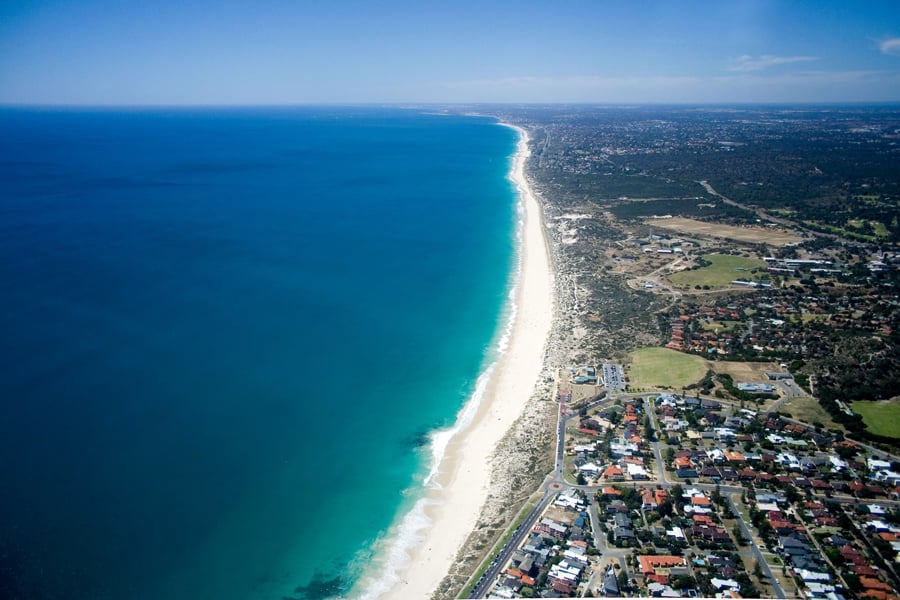
Well, almost always. Perth averages 8 hours sunshine every day, 365 days a year. And because Western Australia is so vast, it’s always a good time to visit! In Australia’s winter from June to September the tropical north is the place to be – not that it ever gets really cold further south.
5. It’s home to the largest fringing coral reef in the world

The virtually untouched Ningaloo Reef, located approximately midway between Perth and Broome stretches for some 260km. It’s the largest fringing reef in the world and nowhere else on the planet can a reef of this size be accessed so easily – in many places, it’s just a short swim from the shore.
Its remarkable biodiversity, with more than 500 species of fish and 300 varieties of coral has given it World Heritage listed status. It’s arguably most famous for being one of the few places in the world where you can swim with the world’s largest fish. Whale sharks, which can grow up to 15 metres in length are visitors to Ningaloo every year between late March and mid July.
At the southern end of the reef, the Bayview Coral Bay makes a great base to explore from. Or, if you really want to push the boat out, the Sal Salis in the Cape Range National Park offers exclusive wild bush luxury just metres from the water’s edge.
6. It’s home to the biggest rock in the entire world
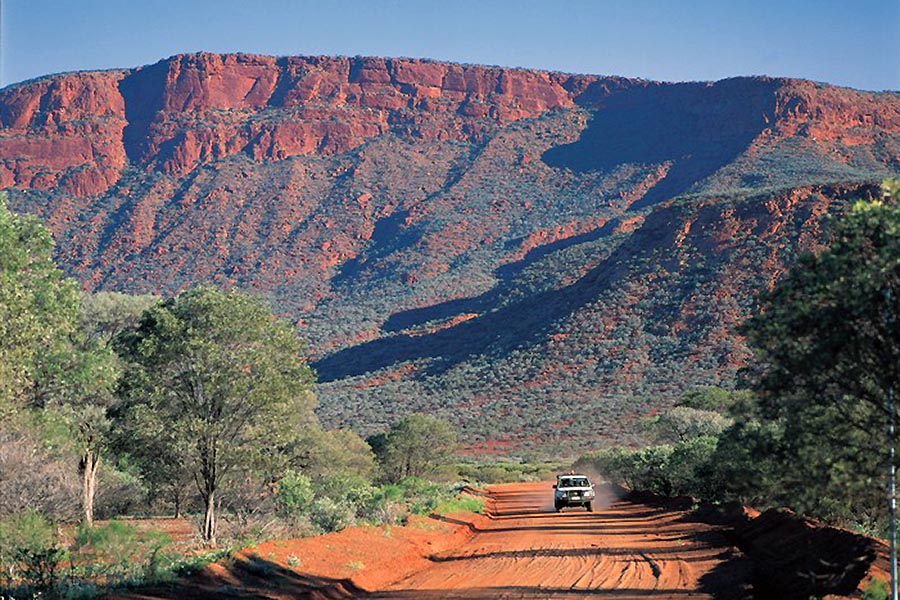
The Northern Territory’s Uluru (Ayers Rock) may be the most famous rock in Australia, but it’s actually not the biggest: that honour belongs to WA's Mount Augustus, known as Burringurrah by the local Wadjari Aboriginal people.
900km north of Perth, it’s not only the largest rock in Australia, it’s the largest in the whole world! This sandstone monocline is more than twice the size of Uluru and measures a staggering 8km long, by 3km wide and 377 metres high. There are a couple of climbing trails leading to the rock’s summit – the climb takes 2-3 hours and you should allow 4-5 hours for the return trip. The heat can be fierce so make sure you wear a hat, take plenty of water and avoid the hottest part of the day. It’s a tough climb but the stunning views across the desert from the summit are more than ample reward!
7. More Aboriginal art than anywhere else in Australia
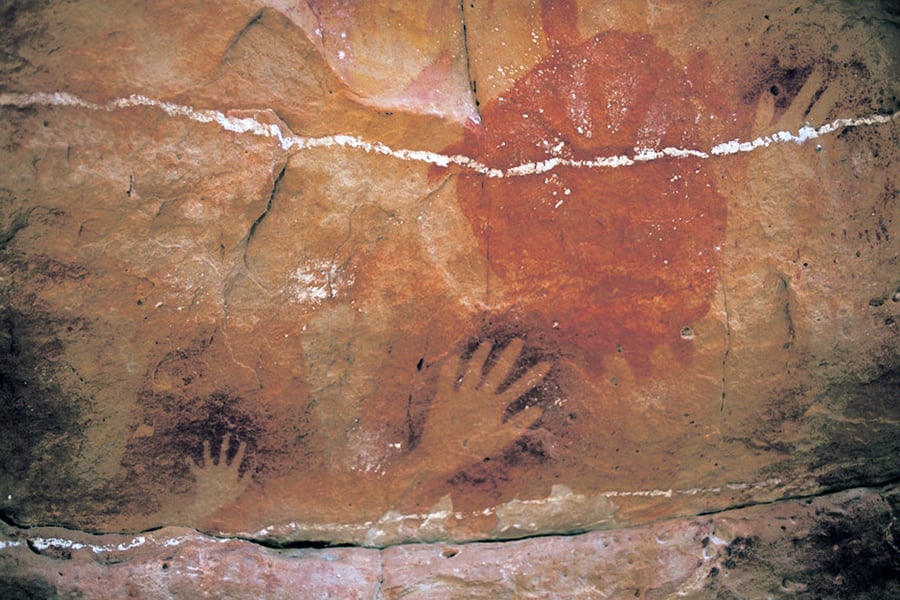
Western Australia has the greatest concentration of Aboriginal art to be found anywhere. At the Burrup Peninsula, Dampier, there are estimated to be between 500,000 – 1 million Aboriginal petroglyphs, or ancient rock engravings, some of which are said to date back to the last ice age some 10,000 years ago.
The Burrup Peninsula, also home to pristine white beaches, is located between Exmouth and Broome on Western Australia's beautiful north coast. It’s free to explore the area but its well worth joining an organised tour from the nearest town of Karratha, around 30km away. Much of the area is only accessible by 4WD and you’ll also gain a fascinating insight into the history of this area.
8. It’s a total mecca for surfers

Forget the east coast – as far as surf goes, west is best. Margaret River, 170 miles or so south of Perth, draws surfers in from all over the globe. Some of the largest and best surfing waves in the world can be found along this beautiful and unspoilt stretch of coastline. Spend a few days in Margaret River and when you’re all surfed out, you could also relax by taking a tour of one of the region’s many outstanding wineries.
9. Earth’s oldest living thing lives here
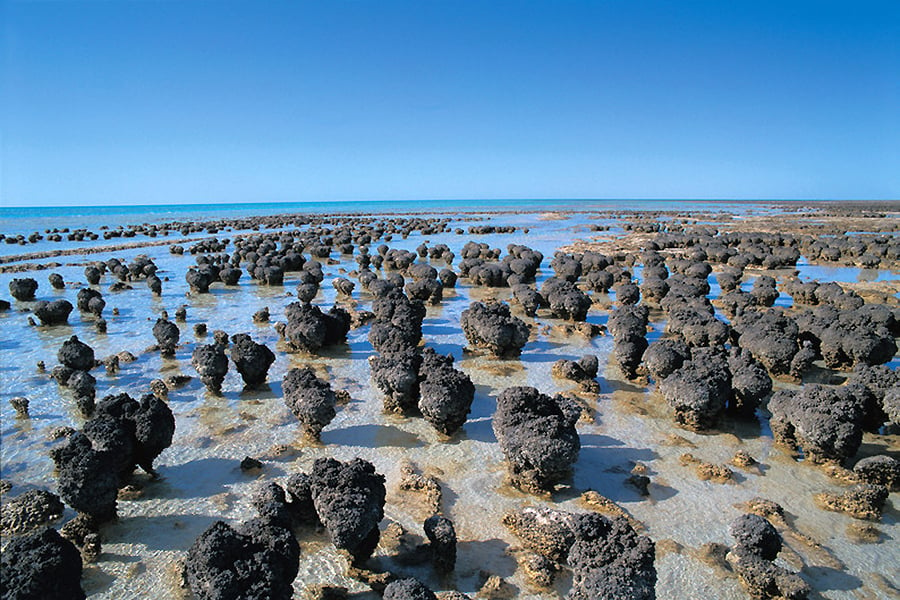
Stromatolites, living fossils which can take the form of rock like structures, can trace their history back some 3.5 billion years! Shark Bay, on Western Australia’s west coast 800 km north of Perth, has the planet’s most abundant and diverse examples of living marine stromatolites, leading to it being declared a World Heritage Area. These dome shaped structures can be seen along the shoreline and in the shallow waters of the Hamelin Pool Marine Nature Reserve. There’s no entrance fee to the marine reserve and a timber boardwalk allows visitors to get a close up view of these natural phenomena.
10. Perth has the biggest city centre park in the entire world

Yes, even bigger than Central Park in New York. At 1,003 acres, Kings Park in Perth is the largest inner city park anywhere in the world. This green space at the heart of the city was the first park in Australia to be designated for public use in 1872. A great vantage point from which to survey the magnificent surroundings is the top of the DNA Tower, so called because it is shaped like a DNA molecule. The spiral staircase is 15m high and there are 101 steps to the top, but the sweeping views across the park, Swan River and city skyline make it well worth the effort of the short climb.
Here are some ideas for multi-stop tickets that include Perth
London - Mauritius - Perth - Kuala Lumpur - Maldives - Colombo - London Flights from £1,295 pp including taxesLondon - San Francisco // Los Angeles - Auckland - Sydney - Alice Springs - Melbourne // Perth - Singapore // Bangkok - London Flights from £1,445 pp including taxes
London - Lima // La Paz - Iquiqe // Santiago - Auckland // Christchurch - Sydney // Adelaide - Perth - Dubai - London Flights from £1,850 pp including taxes





